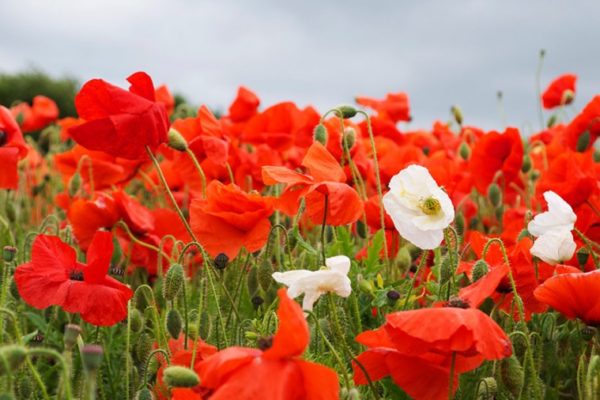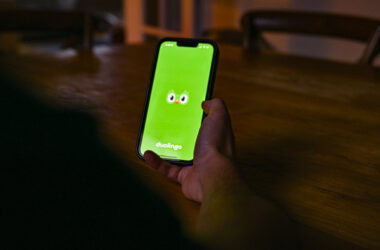November 11, Remembrance Day, has a longstanding legacy of honouring veterans and their sacrifice made during wartime. Many students who grew up in North America are well acquainted with the tradition of wearing a red poppy to pay their respects both to veterans and soldiers who lost their lives during war. Remembrance day seems to be losing popularity, however: Those who forwent the flower outnumbered those who bore it, and even McGill did not make a notable effort to distribute the pin. The Royal Canadian Legion’s refusal to budge on the original conception of the poppy is pushing more people away from this traditional act of remembrance. It appears that the red poppy has increasingly become a symbol of patriotism that is removed from attempts at learning the lessons of war.
While John McCrae’s “In Flanders Fields” inextricably links the poppy and World War I, the poem’s meaning and use has been extended to World War II over time. The omission of armed battles pre-World War I from Remembrance Days’ scope allows Canada to paint itself as a defender of good—a dangerous and uninformed view of a country whose history is rooted in the violent massacres of Indigenous populations. Many Indigenous communities across Canada lack access to potable water, and pipelines continue to be built on stolen land, putting their livelihoods at risk. Considering Canada’s ongoing colonial legacy and the patriotism associated with Remembrance Day, some people refuse to wear the poppy. Though soldiers should be remembered, especially women and racialized people whose contributions are overlooked, the war should not be glorified. The argument that Canadians should be thankful to these soldiers for Canada’s current political and social standing is a deeply flawed one. Remembrance Day cannot exist in a vacuum that disregards all contextual information about Canada’s colonial history.
In an effort to dispel the glorification of war, white poppies are gaining traction. The pins were made to honour veterans while taking an anti-war stance. They also emphasize the importance of remembering the casualties on all sides of wars—who represent 90 per cent of all conflict victims—as well as people who were killed or imprisoned for refusing to fight. The white poppy is not necessarily meant to replace the original, but to offer different choices to folks who feel that the red poppy does not encompass their views. After all, being anti-war and socially conscious is not mutually exclusive from having respect for veterans.
Fundamentally, the meaning and execution of Remembrance Day has changed with time, and the updates are not to everyone’s liking. For example, red poppies used to be made by disabled veterans through workshops hosted by Veterans Affairs Canada, but since 1996, the production moved to a private company.
A key stakeholder in upholding the current—and flawed—cultural understanding of Remembrance Day is The Royal Canadian Legion. The Legion has a monopoly over poppy distribution as well as a trademark on the symbol itself, no matter the colour of the poppy. The Legion’s condemnation of all other poppies other than the traditional red went so far as to call the white poppy an insult to veterans, and threatened legal action against its distributors. This rejection of alternatives wastes resources that otherwise might be alloted to support veterans themselves, and is a mistake that only further alienates Canadians from Remembrance Day.
Finally, Remembrance Day 2021 has been an especially hard one to celebrate because the COVID-19 pandemic has been of great detriment to many veterans. The uncertainty of the pandemic has bred increased rates of anxiety and depression, while the systems in place for supporting them have also been compromised. Disabled veterans struggled to apply for federal support because it was difficult to see doctors, while wait times to receive this help have increased because of a backlog of claims. Isolation is especially risky for veterans whose experiences have left many with psychological struggles such as Post Traumatic Stress Disorder. While symbolic shows of support can be significant, this year especially, veterans need more than that.









